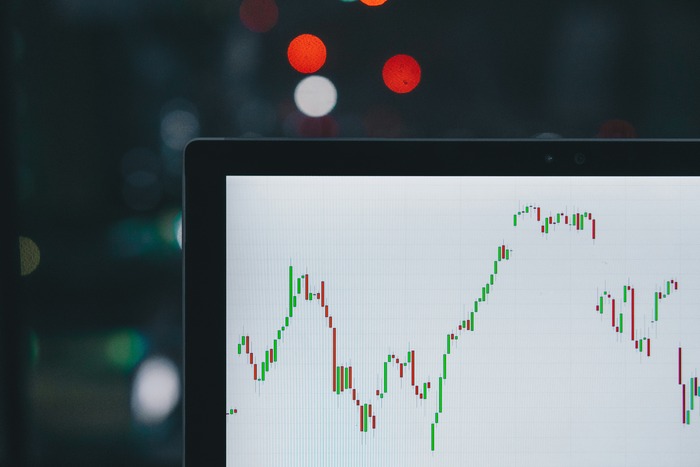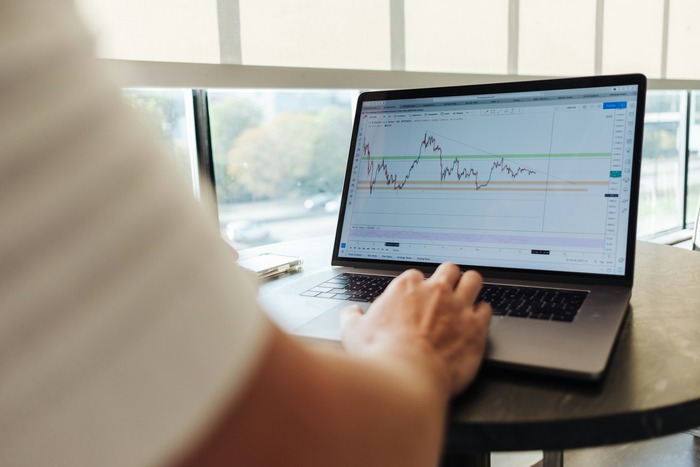Have you ever wondered how traders make profits by catching the smallest price moves in the forex market? Welcome to the world of forex scalping, a trading strategy where speed and precision are the names of the game. Imagine being a sprinter in the world of finance, aiming to win the race by milliseconds. That’s what forex scalping is all about.
Traders who use this forex trading strategy, known as scalpers, dive into the market, making lightning-fast trades to grab small profits throughout the day. It’s like fishing for small, quick wins, aiming for 5 to 20 pips per catch. By scaling up the number of trades, these tiny gains can turn into a substantial sum.
How Do Traders Execute Forex Scalping?
Imagine sitting in front of multiple screens, watching numbers and charts flicker at breakneck speed. This is the daily scene for a forex scalper.
They engage in a high-paced trading ballet, sometimes holding their positions for just a few heartbeats—seconds to minutes—before leaping out and moving on to the next opportunity. It’s a game of volume, where making a large number of trades amplifies the chance of profit from those minuscule price movements.
Leverage plays a crucial role here. By borrowing money to increase their position size, scalpers can turn those tiny price changes into worthwhile profits. For example, a small move can mean the difference between $5 and $50 in profit, depending on whether you’re trading with $10,000 or $100,000.
Why Is Forex Scalping Popular During News Releases?
Imagine the adrenaline rush of trading right after a major news announcement, like the U.S. employment report or an interest rate decision.
These moments are gold mines for scalpers because prices can skyrocket or plummet, providing ample opportunity to jump in and out with profits. It’s a bit like surfing; you need to catch the right wave at the right moment. However, with great opportunity comes greater risk, especially in volatile markets where prices can swing wildly.
While the prospect of quick profits is enticing, forex scalping isn’t without its dangers. Losses can stack up just as rapidly as gains, especially if you’re on the wrong side of multiple trades. Leveraging your positions can amplify both profits and losses, turning a small misstep into a significant setback.
Exploring the Landscape of Forex Scalping Strategies
Forex scalping is not a one-size-fits-all endeavor. It encompasses a spectrum of strategies, each with its unique approach and risk profile:
- Trend Trading: Riding the wave of the market’s direction, aiming to profit as long as the trend persists.
- Counter-Trend Trading: Going against the grain, betting on reversals or pullbacks in anticipation of a shift in momentum.
- Range Trading: Playing within the bounds of support and resistance, buying low and selling high within a defined range.
- Statistical Trading: Hunting for patterns that signal an opportunity to buy or sell, often leveraging historical data and time-specific trends.
Case Study: Scalping the EUR/USD
What about putting theory into practice with a real-world example? Consider a trader scalping the EUR/USD pair, using a trend-following strategy. They wait for a slight pullback in a strong trend, then strike, buying as the price swings back in their favor.
With a strategy focused on risk management, they aim for a profit that’s twice the size of what they’re willing to lose, adjusting their position size according to market volatility to maximize gains while keeping risks in check.
Assume the trader operates with a $10,000 account and decides to risk 0.5% of this total on each trade. This equates to a permissible loss of $50 per transaction. By risking four pips, and given that each standard lot ($100,000) results in a $10 change per pip, the trader is able to engage in trading 1.25 standard lots.
This calculation is based on the allowable loss of $50 divided by the total risk involved (4 pips x $10). Therefore, a four-pip loss on 1.25 standard lots translates to a $50 loss, aligning with the trader’s maximum risk allowance per trade. Conversely, achieving an eight-pip gain results in a $100 profit.
In this model, although the trader’s account balance is $10,000, they are engaging in trades with a position size of $100,000. This exemplifies the use of 10:1 leverage, enhancing the potential for profit (or loss) without the need for a proportionate increase in the initial investment.
Final Thoughts
Forex scalping is not just about making trades; it’s about making smart, calculated moves at the speed of light. It requires discipline, precision, and a cool head under pressure. Whether manual or automated, each scalping strategy offers a unique pathway to potential profits, underscored by the thrill of rapid-fire trading.


